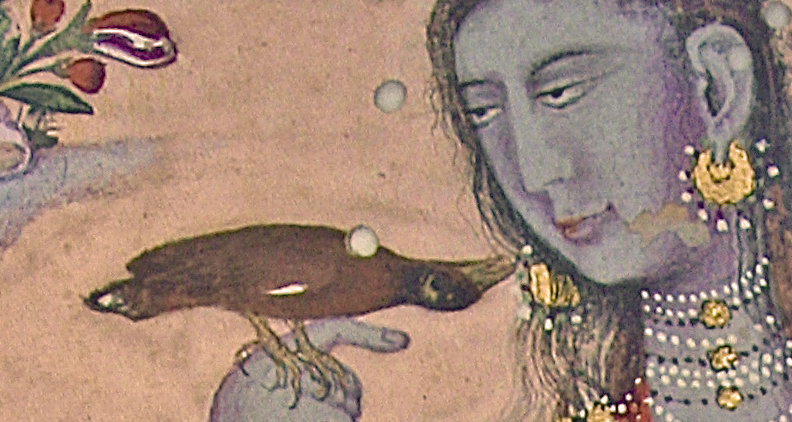In a New York Times Sunday Review (17 October 2015, “Lecture Me. Really.”), Molly Worthen debated on the importance of the lecture as a teaching format as opposed to the group discussion. It prompted me to think more about lecture as teaching.
It is true that a good lecture, well delivered, teaches students not only to listen actively but also to organize thoughts efficiently, much better than a group discussion. She fully recognizes, too, that the key to a good lecture is delivery; she writes that she rehearses the detailed script thoroughly and know it “well enough to riff when inspiration strikes,” and does “pace around, wave my arms, and call out questions.” In short, a good lecture is a performance. This does not mean mere histrionics. A good lecturer must know how to edit the complex material so as to facilitate the aural reception and realize it into a well-articulated oral presentation such that the argument is crystal clear; the lecturer must learn to be a playwright and then an able performer. A scholarly article published in print is fine for sight reading but not for lecturing; boring professors are those who fail to understand this fact and read their text, adhering to the Old French etymology of the word lecture, which indeed means reading, and they give the lecture format a bad name as a teaching method. Then, too, there are students who assiduously take notes verbatim, hearing and recording the words and letting the sense of the lecture slip by until comes the time to read their notes for the exam. A lecture, simply read aloud, might as well be distributed in print to be read individually at leisure.
The importance of this distinction between lecture as reading and lecture as performance was not sufficiently made clear by the author of the Sunday review. Lectures read aloud do not teach listening; only lectures well performed teaches listening attentively and successfully transmits the art of argumentation and solid thinking.
I claim that the best teaching occurs in a Socratic dialogue, ideally one on one, in a sequence of question and answer. In this situation, the teacher has the luxury of knowing more precisely what the student knows and does not know, what she or he understood or failed to understand, and thus what can be skipped and what reinforced, proceeding thus step by step with maximum efficiency. The seminar with a group of students is a guided discussion as we find in Plato’s all-night Symposium. A successful seminar therefore has the professor playing the role of Socrates, who guides and oversee the discussion, challenging the class, as a well-focused multiple-channel dialogue such that a student-led discussion can achieve only sporadically. With an audience larger than can be managed in a seminar format we compromise and shift the weight from the group discussion to the professor’s lecture but without losing the benefit of teaching by dialogue, if the lecturer learns to address the class collectively and severally. This is what many good lecturers know almost instinctively or else by effort; there are inevitably professors who never seem to learn it. A good storyteller can make any story engaging and persuades the audience to listen. Lecture as performance does the same. I say that it must be designed and delivered Socratically.




